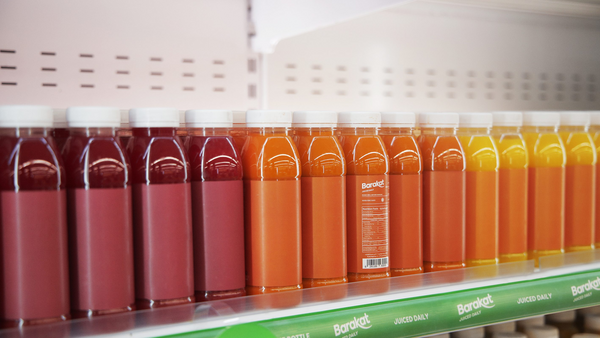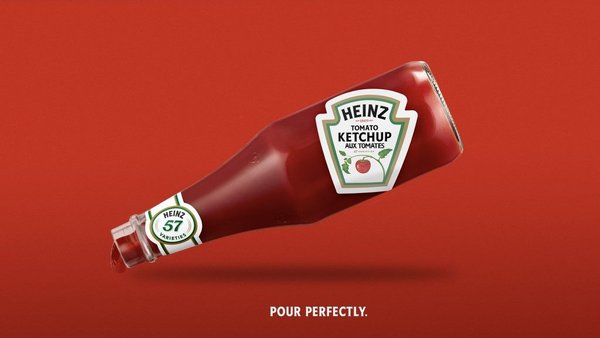
What is it?
People are more likely to remember something that stands out from the crowd.
Where does it come from?
Most assume it comes from Hedwig von Restorff’s 1933 experiment, when she presented participants with lists comprising several similar items and one distinct item and found people were more likely to remember the misfit.
In truth, the isolation effect was already known and von Restorff’s experiment was testing something more complicated (you can read about it here), but history has no patience for awkward details.
Is it well-established?
Yes, although psychologists have disagreed about how it works, specifically whether it requires something called perceptual salience.
Why is it important for marketers?
The isolation effect is a byproduct of distinctiveness, which is the path to mental availability.
In How Brands Grow, Byron Sharp advises brands to forget explaining how their product is different from competitors and instead create packaging and communications that are merely distinctive.
Distinctive assets act as cues to remind people about a brand. Brands that are easy to recall in buying situations are described as having good mental availability – a phenomenon that Sharp heralds as one of the two foundation stones (along with physical availability) of brand building.
Are there any good brand examples?
There is no better illustration of the Von Restorff effect than heavy metal band Party Cannon. In much the same vein, mortgage broker Habito uses cartoonish and erotic imagery to stand apart from its usually staid and serious competitors. In the feminine hygiene space, Bodyform has gained a reputation for delivering memorable creative that breaks category norms and instead captures a more truthful experience of womanhood. Finally, Liquid Death, a water brand with a death metal aesthetic that promises to ‘murder your thirst’, has carved a niche for itself by challeging expectations that water should connote wellbeing and purity.







